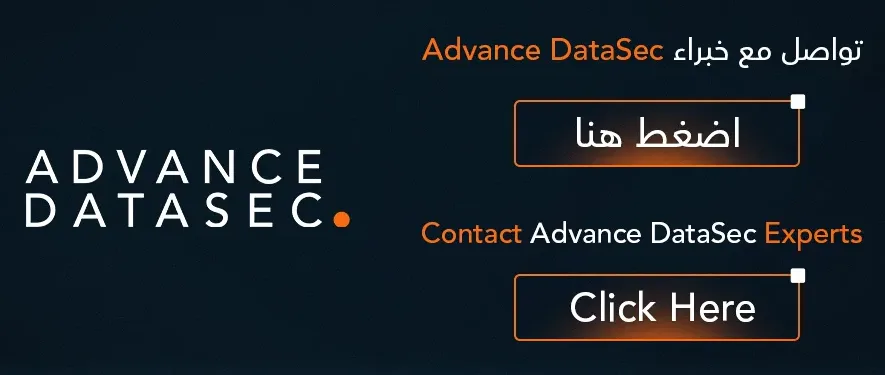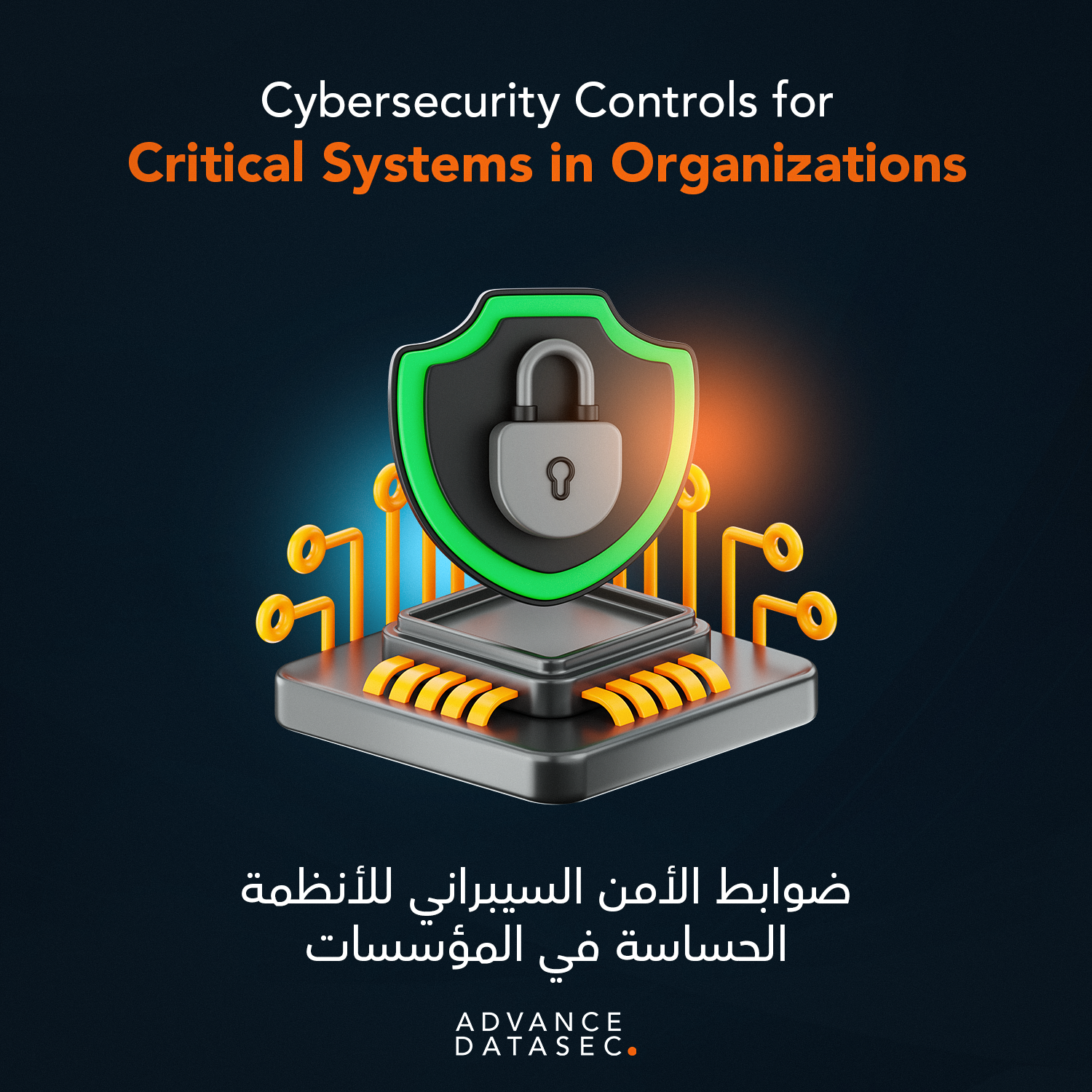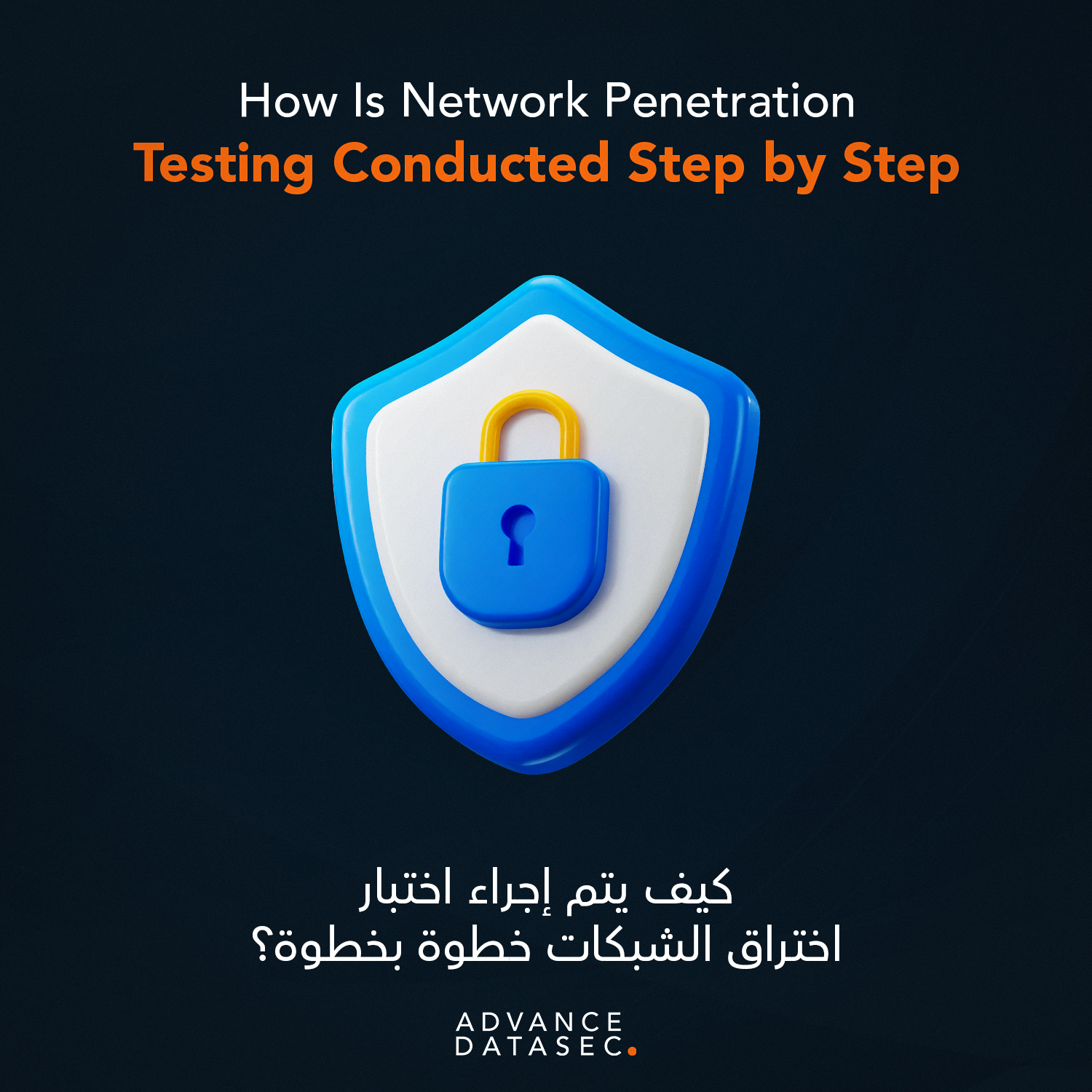In today’s accelerated digital economy, every business, regardless of size, is constantly exposed to a torrent of cyber threats. From sophisticated malware and denial-of-service (DoS) attacks to unauthorized access attempts, the internet is a hostile environment. Protecting your critical data, intellectual property, and customer information begins with a foundational, non-negotiable layer of defense: the firewall.
Far more than a simple gatekeeper, modern firewalls are the central pillar of network security, managing the flow of digital traffic with surgical precision. This guide will provide a deep dive into what is a firewall, how this technology has evolved, and the crucial mechanisms it employs to protect your organization’s most valuable assets. Understanding the power and complexity of this technology is the first step toward building a truly resilient security posture.
What is a Firewall? The Digital Border Guard
At its most fundamental level, what is a firewall? It is a security system—either hardware, software, or a combination of both—that acts as a barrier between a private internal network (like your office or home network) and the public internet (the external network). Its primary, unwavering mission is to monitor and control incoming and outgoing network traffic based on a predefined set of security rules.
Think of a traditional fortress. It has strong walls and a single, heavily guarded gate. The gatekeeper checks every single person who tries to enter or leave, asking for identification, checking intentions, and denying access to anyone who doesn’t meet strict criteria. The firewall performs this exact function for your data packets. Every piece of data trying to cross the network boundary is inspected against the rules to determine if it should be permitted access. If the data packet is deemed safe and authorized, it is allowed through; otherwise, it is instantly dropped or rejected.
The Core Functions: How Firewalls Protect Data
To effectively answer the question, what is a firewall, one must understand its core protective functions. Over time, firewalls have adopted increasingly complex inspection methods to filter traffic:
1. Packet Filtering (The Basic Guard)
The oldest and most basic method. A packet-filtering firewall examines the network layer and transport layer of each data packet individually. It looks for simple characteristics, such as:
- Source IP Address: Where the packet originated.
- Destination IP Address: Where the packet is trying to go.
- Port Number: The application or service the packet is targeting (e.g., Port 80 for web traffic, Port 25 for email).
- Protocol: Whether it’s TCP, UDP, or ICMP.
This method is fast, but because it treats every packet in isolation, it can be tricked by complex, multi-stage attacks.
2. Stateful Inspection (The Contextual Guard)
Stateful inspection revolutionized firewall technology. Instead of checking packets individually, a stateful firewall monitors the state of the connection. When a new connection is initiated, the firewall verifies the request and, if approved, adds the session details to a state table.
- Any subsequent packet belonging to that established, legitimate connection is automatically allowed through without deep re-inspection.
- This significantly speeds up legitimate traffic flow while preventing outside attackers from spoofing return packets, providing a vastly superior layer of security compared to basic packet filtering.
3. Application-Layer Filtering (The Deep Inspector)
Also known as proxy firewalls, these operate at the application layer (Layer 7 of the OSI model). This allows them to understand the content of the traffic itself, not just the source and destination.
- Content Inspection: It can inspect HTTP requests, FTP commands, and other application-specific protocols.
- Policy Enforcement: This is where rules like blocking specific file types (e.g., executable files) or filtering certain website categories (e.g., gambling sites) are enforced.
The Evolution: From Basic Gates to Next-Generation Firewalls (NGFW)
The threats facing modern enterprises are no longer simple; they are complex, evasive, and often hide within seemingly harmless traffic. This evolution in the threat landscape has necessitated an evolution in firewall technology, fundamentally changing what is a firewall today:
Next-Generation Firewalls (NGFW)
An NGFW is an integrated platform that combines the traditional features of a stateful firewall with advanced capabilities. It moves beyond simply managing ports and protocols to focusing on application and user identity. Key features of an NGFW include:
- Integrated Intrusion Prevention System (IPS): Actively scans traffic for known malicious signatures or behavioral patterns, blocking threats before they enter the network.
- Deep Packet Inspection (DPI): Allows the firewall to look at the data payload, not just the headers, identifying embedded malware or command-and-control (C2) communication.
- Application Control: Instead of blocking all traffic on Port 80 (web traffic), an NGFW can block specific applications, such as a rogue file-sharing program, while allowing legitimate business applications access.
- Threat Intelligence Integration: Continuously updates its knowledge base using global threat data feeds to proactively identify and block traffic from known malicious IP addresses or botnets.
In essence, what is a firewall now is an intelligent, multi-function security appliance that provides a unified threat management (UTM) system, vastly simplifying complex security operations while increasing protection.
Why Your Business Needs Advanced Firewall Management
For organizations in the Kingdom of Saudi Arabia (KSA), where regulatory compliance (such as NCA ECC, NCA CCC, and SAMA CSF) is paramount, the security demands are exceptionally high. An NGFW and professional management are not luxuries—they are compliance requirements and operational necessities.
1. Zero Trust Implementation
Modern firewalls are critical for moving towards a Zero Trust architecture, where no user or device is inherently trusted, regardless of whether they are inside or outside the network perimeter. The firewall acts as the enforcement point for this principle, micro-segmenting the network to limit lateral movement by an attacker who gains a foothold.
2. Compliance and Auditing
Regulators require demonstrable proof that sensitive data is protected. A well-configured firewall provides detailed logs and reports proving that unauthorized access attempts were blocked, a vital component of any GRC (Governance, Risk, and Compliance) framework.
3. Business Continuity and Availability
By integrating protection against Denial of Service (DoS) attacks and blocking malware propagation, the firewall ensures that the network infrastructure remains available and functional, safeguarding the business continuity.
4. Optimized Performance
Contrary to the old belief that firewalls slow down connections, modern NGFWs are built with high-speed processing capabilities. When expertly configured, they enforce security without crippling network performance, ensuring employees and applications can operate efficiently.
Conclusion: The Non-Negotiable Layer of Defense
To circle back, what is a firewall? It is your organization’s digital moat, castle wall, and vigilant border patrol, all rolled into one indispensable technology. It is the first and often last line of defense against the relentless barrage of cyber threats. In the complex world of modern cybersecurity, relying on an outdated or poorly managed firewall is akin to leaving the front door of your fortress wide open.
A robust, next-generation firewall, paired with expert configuration and continuous monitoring, is the cornerstone of a mature security strategy. It ensures not only the safety of your data but also the operational integrity and regulatory compliance of your business. Don’t let your valuable assets remain exposed to an ever-evolving threat landscape.
To upgrade your network defense with advanced Next-Generation Firewall (NGFW) technology and ensure expert Configuration Audit services that meet the highest KSA compliance standards, contact Advance Datasec today for a strategic consultation.

For More Articles:






